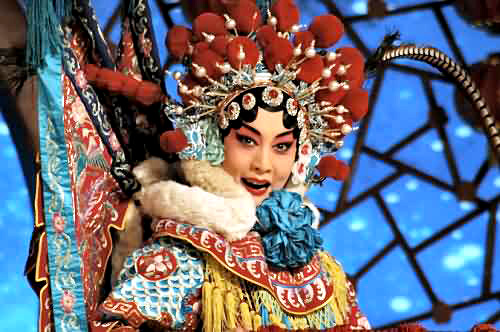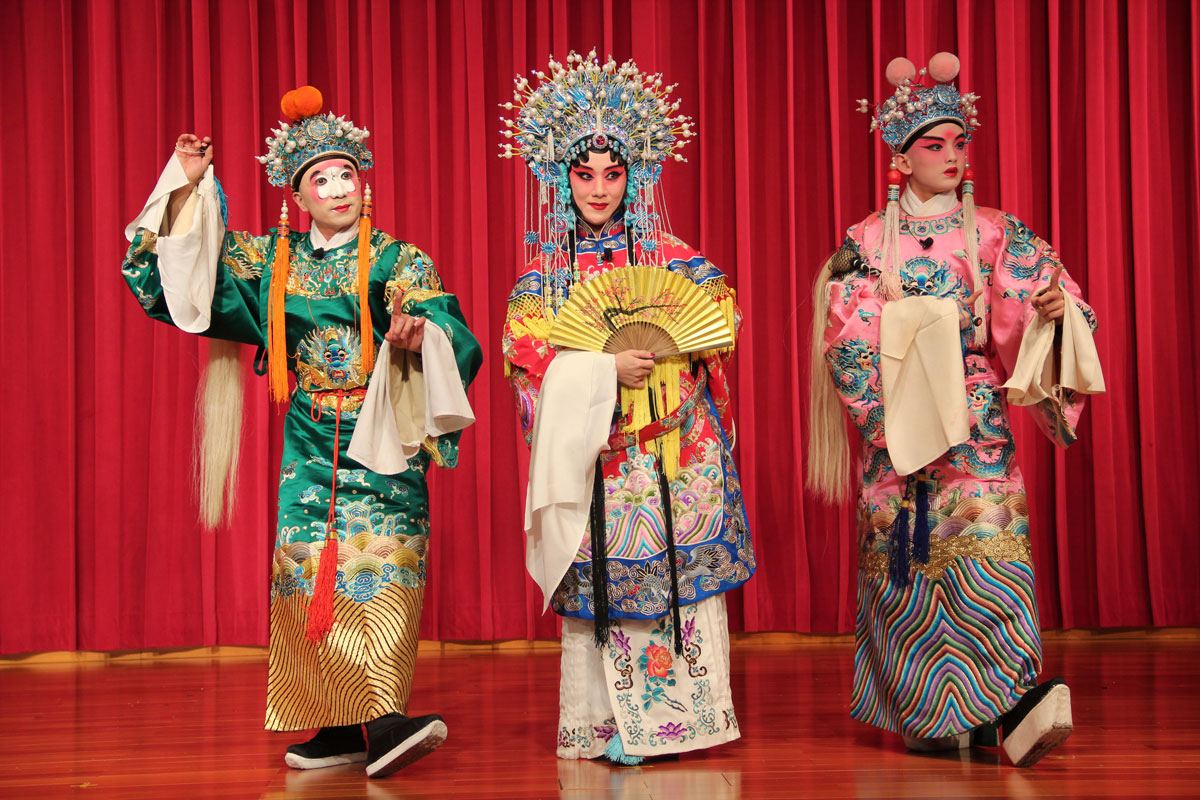

The Legend of the Red Lantern was also adapted to a piano-accompanied cantata by the pianist Yin Chengzong, which was basically a cycle of arias excerpted from the opera.
#PEKING OPERA FULL#
Shajiabang was musically expanded to a symphony with a full Western orchestra, a format similar to the ninth symphony of Beethoven, with an overture and 8 movements. The ballets were produced by either the National Ballet of China or the Shanghai Ballet Company. The official versions of the operas were all Peking operas and were produced by either the China Peking Opera House or the Shanghai Peking Opera House, although many of them were subsequently adapted to local provincial types of operas. They consisted of five modern operas ( The Legend of the Red Lantern, Shajiabang, Taking Tiger Mountain by Strategy, Raid on the White Tiger Regiment, and On the Docks), two ballets ( Red Detachment of Women and The White Haired Girl), and one symphony (also Shajiabang, which is more precisely a cantata). Eight model plays were produced in the first three years of the Cultural Revolution. The traditional Peking opera was revolutionized in both form and content.

Jiang Qing was the chief advocate and engineer of the transformation from traditional operas to revolutionary ones, and chose the Peking opera as her "laboratory experimentation" for accomplishing this radical change in theater art. The Eight Model Operas dominated the stage in all parts of the country during these years, leading to the joke "Eight hundred million people watched eight shows." Origin They were performed or played from loudspeakers in schools, factories, and fields by special performing troupes. Although they originated as operas, they soon appeared on LPs, in comic books ( lianhuanhua), on posters, postcards, and stamps on plates, teapots, wash basins, cigarette packages, vases, and calendars. They glorified the People's Liberation Army and the bravery of the common people, and showed Mao Zedong and his thought as playing the central role in the victory of communism in China. Instead of the " emperors, kings, generals, chancellors, maidens, and beauties" of the traditional Peking opera, which was banned as "feudalistic and bourgeois," they told stories from China's recent revolutionary struggles against foreign and class enemies. Originally, eight revolutionary operas (Chinese: Ba Ge Yangban Xi, 八个样板戏) were produced, eighteen by the end of the period. They were considered revolutionary and modern in terms of thematic and musical features when compared with traditional Chinese operas.
#PEKING OPERA SERIES#
In People's Republic of China (1949–), revolutionary operas or model operas (Simplified Chinese: yangban xi, 样板戏) were a series of shows planned and engineered during the Cultural Revolution (1966–1976) by Jiang Qing, the wife of Chairman Mao Zedong. Genre of Chinese opera promoting communism and socialism


 0 kommentar(er)
0 kommentar(er)
